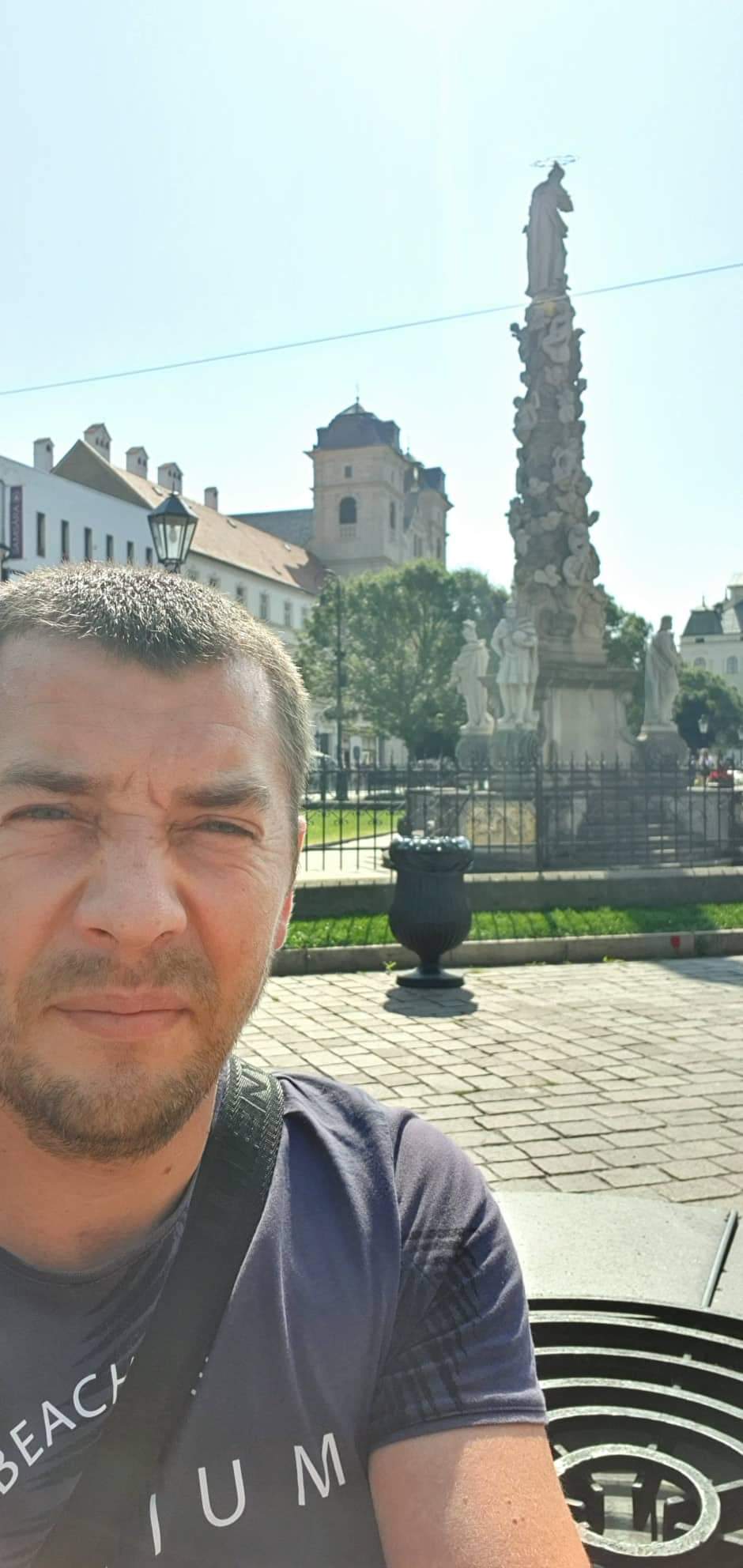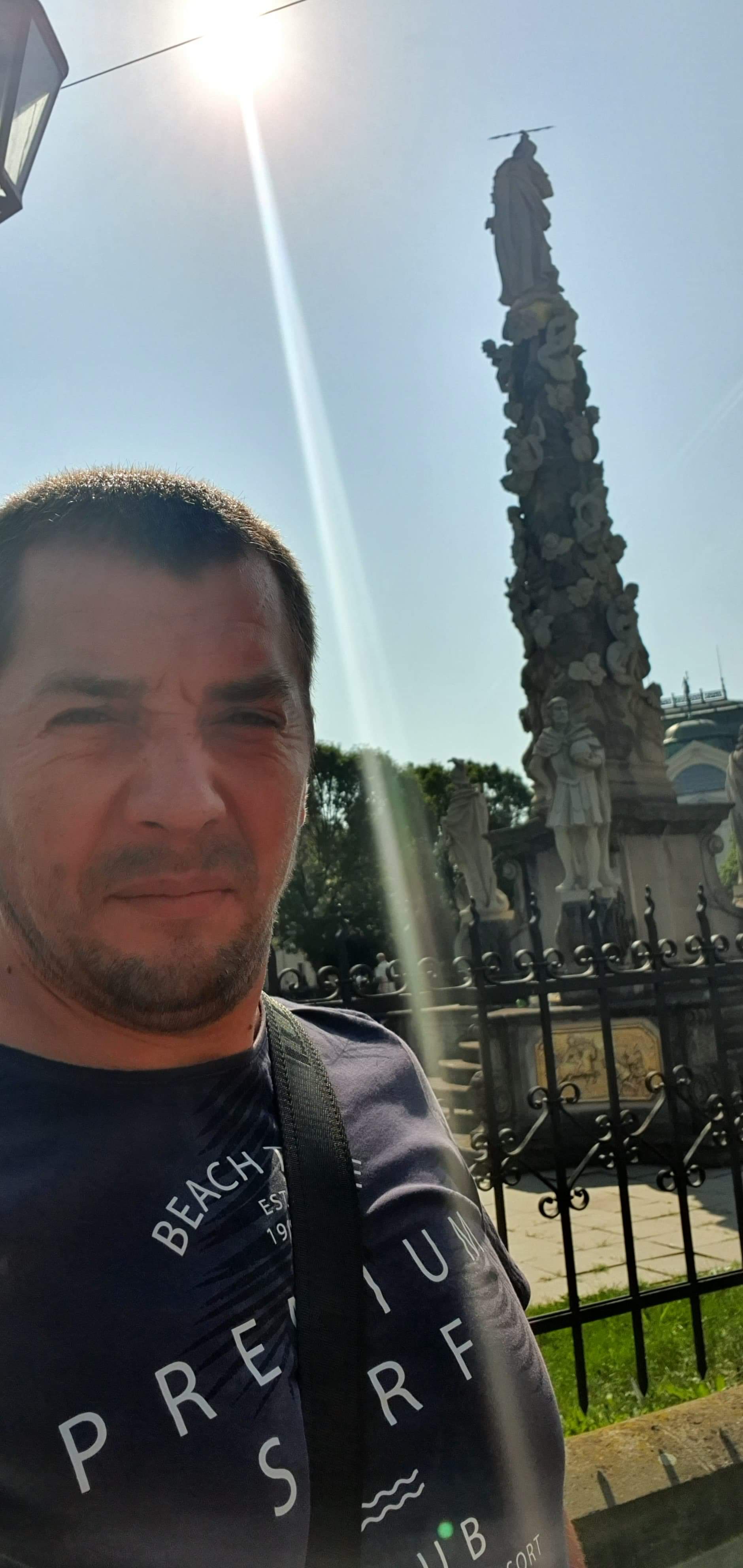SK
V rokoch 1709 - 1710 bol v Košiciach mor. Trvalo viac ako rok, kým mor skončil. Tí, čo prežili, sa z vďaky poskladali na nový morový stĺp na nevhodnom mieste starého vojenského popraviska. Tento čin bol iniciovaný zo strany poštového správcu Viktorína Flachenfelda. Kým bol položený základný kameň, prešli dva roky. Stavbu bolo treba totiž zabezpečiť nielen finančnými zbierkami, ale aj nájdením vhodného a skúseného architekta. Stal sa ním košický staviteľ Tomáš Tornyosi. Na samotné sochy bol lepší odborník sochár Šimon Grimming, ktorý s architektom úzko spolupracoval. Reliéfy s alegóriou Moru, Vojny a Hladu z pozlateného medeného plechu, ktoré boli umiestnené v spodnej časti súsošia, vytvoril zlatník Juraj Immerwohl.
Vrchol súsošia – Immaculatu predstavujúci Pannu Máriu, položili 3. októbra 1723 do výšky 14 metrov. Panna Mária má symbolizovať vernosť, lásku a dobrotu a mesto má chrániť pred biedou a utrpením. Tá má nad hlavou veniec s dvanástimi hviezdami. Okrem nej bolo súsošie tvorené nižšie postavenými sv. Jozefom, sv. Šebastiánom a sv.Ladislavom. Všetky sochy mali plné tvary, rozviate rúcha a na stĺpe je plno mráčikov v tvare rôznych kriviek a „kudrliniek“, z ktorých bolo jasné, že ide o barokový štýl. Zaujímavosťou je, že v súsoší sa ukrýva aj socha Svätého Valentína, svätca všetkých zaľúbených.
EN
In 1709 - 1710 there was a plague in Košice. It took more than a year for the plague to end. Survivors put themselves on a new plague pillar in an awkward place of the old military execution. This action was initiated by the postal administrator Viktorín Flachenfeld. Two years passed before the foundation stone was laid. It was necessary to ensure the construction not only by financial collections, but also by finding a suitable and experienced architect. It was builder Tomáš Tornyosi from Košice. The sculptor Simon Grimming, who worked closely with the architect, was better at the sculptures themselves. Reliefs with the allegory of plague, war and hunger of gilded copper plate, which were placed in the lower part of the sculpture, created by goldsmith Juraj Immerwohl.
The top of the sculpture - Immaculata representing the Virgin Mary - was laid on October 3, 1723, to a height of 14 meters. Our Lady is meant to symbolize loyalty, love and goodness, and to protect the city from poverty and suffering. She has a wreath of twelve stars over her head. In addition, the sculptural group consisted of the lower-ranked St. Joseph, st. Šebastián and St.Ladislav. All the statues were full-bodied, unfolded, and pillars were filled with clouds in the form of various curves and "curls", which made it clear that it was a Baroque style. It is interesting that there is also a statue of St. Valentine, the saint of all loved ones.
SK:
Podmienka pre zalogovanie:
Nájdi studňu,sadni si a vyfoť seba alebo gps tak aby v zábere bola studňa i Immaculata (v mimoriadných prípadoch beriem i obr.2 z reliefom)
EN:
Logging condition:
Find a well, sit down and take a picture of yourself or gps so that the well and Immaculata (in extraordinary cases I also take Fig.2 with relief)


Virtual Rewards 2.0 - 2019/2020
This Virtual Cache is part of a limited release of Virtuals created between June 4, 2019 and June 4, 2020. Only 4,000 cache owners were given the opportunity to hide a Virtual Cache. Learn more about Virtual Rewards 2.0 on the Geocaching Blog